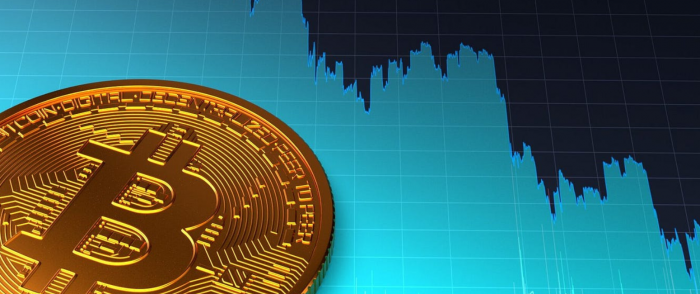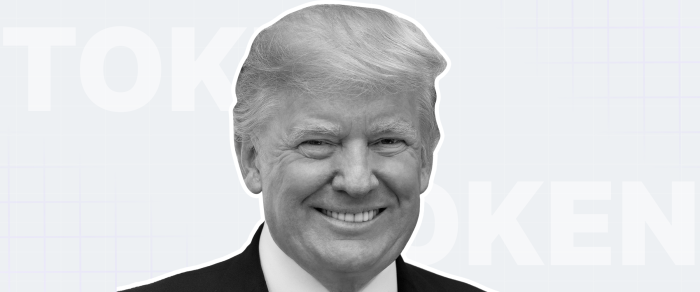What Drives Crypto Prices? According to S&P, Here Are Four Factors That Really Matter.
What drives crypto prices? While interest rates set by the Federal Reserve and even internet memes may be drivers of cryptocurrency values, according to S&P Global Ratings, four causes truly affect Bitcoin and distinguish it from other financial assets.
In the near term, macroeconomic forces such as Fed decisions and economic indicators that impact monetary policy, such as inflation statistics or the monthly US employment report, can be observed to move Bitcoin in the same way that the Dow Jones Industrial Average and S&P 500 do. According to a team led by Cristina Polizu, a managing director at S&P Global, the mechanisms driving cryptocurrency values are more complicated.
“Bull and bear runs in the crypto market have both coincided with periods of ultra-loose monetary policy and of significant tightening,” Polizu’s team wrote in a recent report, but noted that “while the recent rapid increase in interest rates could harm crypto markets, idiosyncratic factors also seem to play a large role.”
One example is the US dollar, which, according to S&P, “has generally been inversely correlated with prices of crypto assets.” However, the dollar’s strength tends to be linked to interest rates, with the dollar reaching a 20-year high in 2022 amid the largest rate-hike cycle in a generation, so this may not be a wholly independent effect.
Volatility is also present. According to Polizu’s team, crypto markets seem to perform well during periods of low volatility and poorly during high volatility. During market downturns, Bitcoin frequently leads to falls as traders abandon the riskiest assets first. But that doesn’t go to the heart of the problem.
Overall, prices appear to be less impacted by macroeconomic variables than those of more traditional financial assets, according to the S&P team. Market confidence, acceptance, technology, and liquidity circumstances are all important drivers for crypto assets.
This contrasts with traditional financial assets such as equities, which, according to economists, are heavily impacted by macroeconomic variables such as interest rates and inflation, as well as corporate operational profits and broader changes in monetary policy.
This disparity may not endure forever, especially as the macro background looms large in 2023 with global recession threats, with even institutional adoption of digital assets — long regarded as a bullish indication by crypto traders — likely to change things.
According to Polizu’s team, crypto assets are not immune to the effects of macroeconomic shifts, even though what drives crypto prices is also influenced by other factors such as technology and the market mood. As more institutional investors flock to cryptocurrency, the market’s link with macroeconomic data may become stronger — and more in line with those of traditional financial assets.



